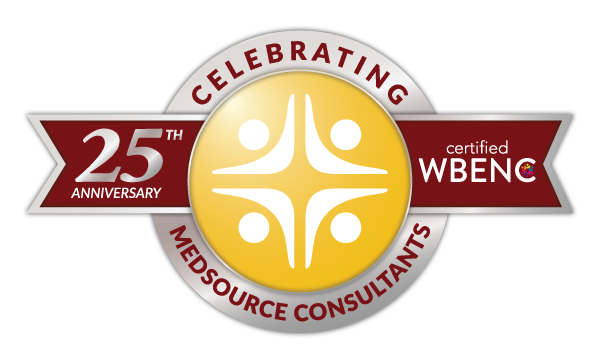How the Family Physician Market is Evolving
Brian Murphy

In healthcare, change is constant. This includes the evolution of the candidate and job market for clinical and non-clinical teams. The primary care market has been particularly turned on its ear over the past several years. It’s long been noted that PCPs are a significant source of referral revenue for specialty providers. Over time, as the primary care provider shortage began to be felt across the country, the demand for these critical hub providers in the complex wheel of healthcare delivery became more urgent. This created some changes in the family physician market.
This article will look at how family physician marketing is evolving and what impact that will have on your healthcare recruiting strategies.
The Physician of the Future
The primary care physician of the future will be even less like Marcus Welby, M.D. than we ever imagined. First, because our healthcare encounters will be virtual, the only house calls the family practice doctors of the future will make will be through a screen. Looking for clinical decision support tools to increase along with automation that changes every aspect of our lives—and this includes doctors. What this means for the family physician market is that the doctor of tomorrow will be more technologically advanced. Failing to have these skills means your PCP will fall behind. Watch for hospital employers in the next few years to make technology experience a metric for hiring.
Fewer Doctors, Bigger Financial Packages
Salaries for primary care providers trended upward in 2019, and that is expected to continue. But it wasn’t just family practice; Fierce Healthcare reports most specialties increased their salaries during the same time along with non-clinical providers. Helio reported the average family practice doctor salary averaged more than $266,500. But really, we are just getting started.
The American Association of Medical Colleges (AAMC) reports on the latest projections on primary care shortages of somewhere between 21,100 and 55,200 providers. A growing elderly population will put more pressure to allow mid-levels to work to the top of their licensure. The competition for PCPs will grow, which means the average salary of these providers will likely increase even more.
Communication, Collaboration as Important as Clinical Skills
With patient satisfaction scores a key driver of revenues, the bedside matter of your primary care physicians (or any other clinical specialty for that matter) will have an impact. With the increase in telemedicine, this also means family doctors should have increased skills in a “webside manner.” While family doctors have always been thought of as trusted advisors, they will increasingly be looked to for their ability to coordinate care as primary care continues to move toward the center of the universe in the hub and spoke model of clinical care delivery.
Finding Primary Care in 2021
Healthcare providers will face unprecedented challenges this year. New partnerships with staffing firms like MedSource Consultants ensure your HR teams can focus on strategic initiatives that help your organization achieve its best work.
Talk with our team about how we’re adapting to the new models of care delivery and the new markets for primary care. We can help you meet your hiring goals.
